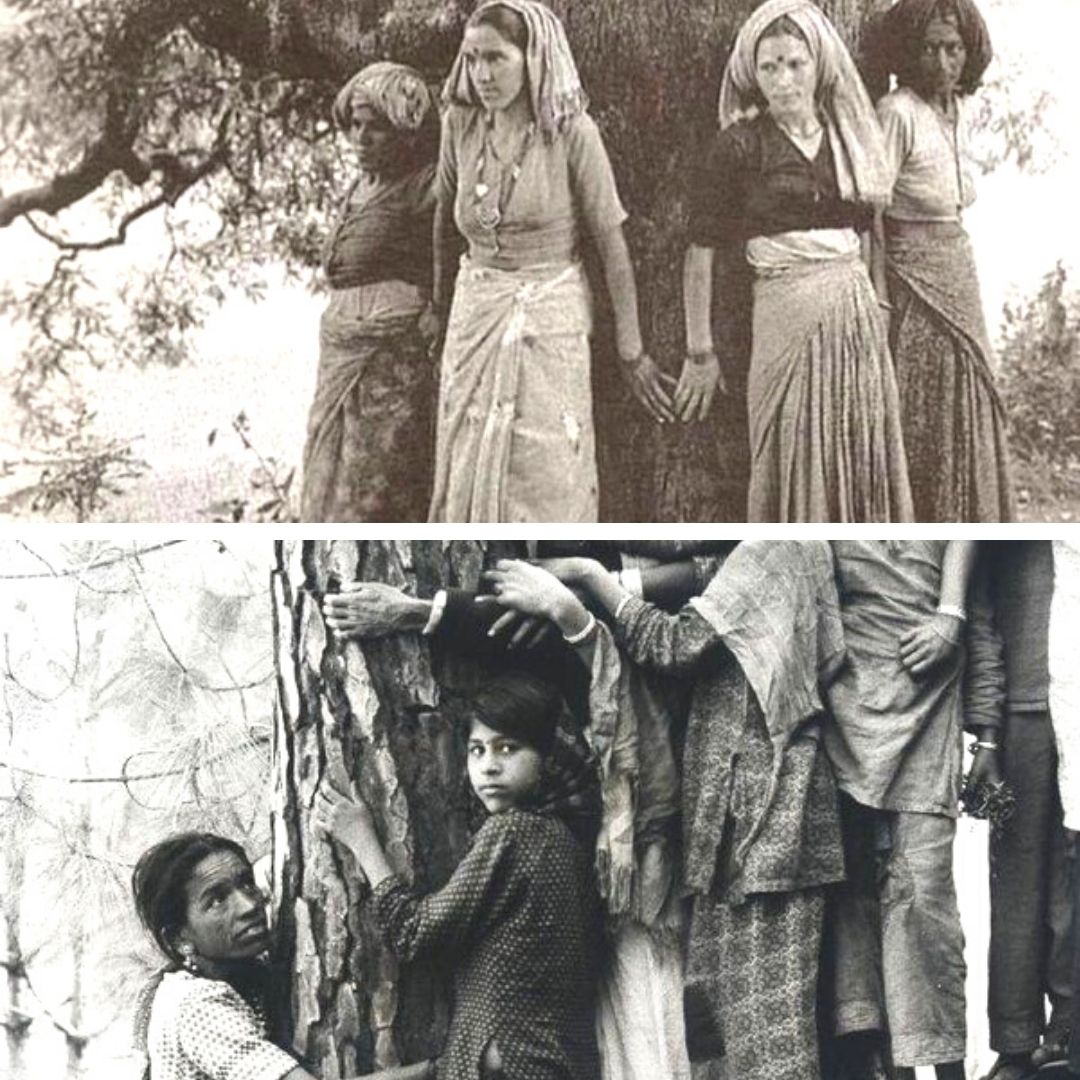Website can be closed on 12th to 14th Jan 2025 due to server maintainance work.
The Chipko Movement: A Case Study in Environmental Activism
Introduction:
The Chipko Movement, originating in the Indian state of Uttarakhand (formerly known as Uttaranchal) in the 1970s, stands as a landmark environmental movement characterized by grassroots activism, nonviolent resistance, and the assertion of local communities’ rights over natural resources. In this assignment, we delve into the history, significance, and impact of the Chipko Movement, examining its key principles, strategies, and outcomes.
The Chipko Movement: Origins and Context:
- Historical Background: The Chipko Movement emerged in response to widespread deforestation, commercial logging, and land degradation in the Himalayan region of Uttarakhand, exacerbated by government policies promoting large-scale industrialization and timber extraction.
- Etymology: The term “Chipko” derives from the Hindi word “embrace” or “hug,” symbolizing the act of villagers hugging trees to prevent their felling by loggers and authorities.
Key Principles and Strategies:
- Grassroots Activism: The Chipko Movement was spearheaded by local communities, particularly women, who organized themselves to protect forests, watersheds, and traditional livelihoods threatened by deforestation and environmental degradation.
- Nonviolent Resistance: Participants in the Chipko Movement employed nonviolent tactics such as tree-hugging, sit-ins, and peaceful protests to obstruct logging operations and assert their rights over forest resources.
- Ecological Awareness: The Chipko Movement emphasized the ecological importance of forests for soil conservation, water retention, biodiversity conservation, and climate regulation, highlighting the interconnectedness between forests and human well-being.
Impact and Legacy:
- Policy Reforms: The Chipko Movement catalyzed significant policy reforms, leading to the imposition of restrictions on commercial logging, the establishment of community-based forest management initiatives, and the recognition of local communities’ rights to forest resources.
- Inspiration for Global Environmental Movements: The Chipko Movement inspired similar environmental movements and initiatives around the world, advocating for sustainable forest management, indigenous rights, and environmental justice.
- Empowerment of Marginalized Communities: The Chipko Movement empowered marginalized communities, particularly women, by providing them with a platform to assert their rights, protect their natural heritage, and challenge unjust resource extraction practices.
Conclusion:
In conclusion, the Chipko Movement remains a powerful symbol of grassroots environmental activism, community resilience, and the struggle for environmental justice. By mobilizing local communities, advocating for sustainable resource management, and challenging oppressive policies, the Chipko Movement has left a lasting legacy, inspiring generations of environmentalists, activists, and policymakers to protect and preserve our planet’s natural heritage. As we reflect on the lessons of the Chipko Movement, we are reminded of the importance of collective action, ecological stewardship, and the power of ordinary people to effect positive change in the face of environmental challenges and injustices.

